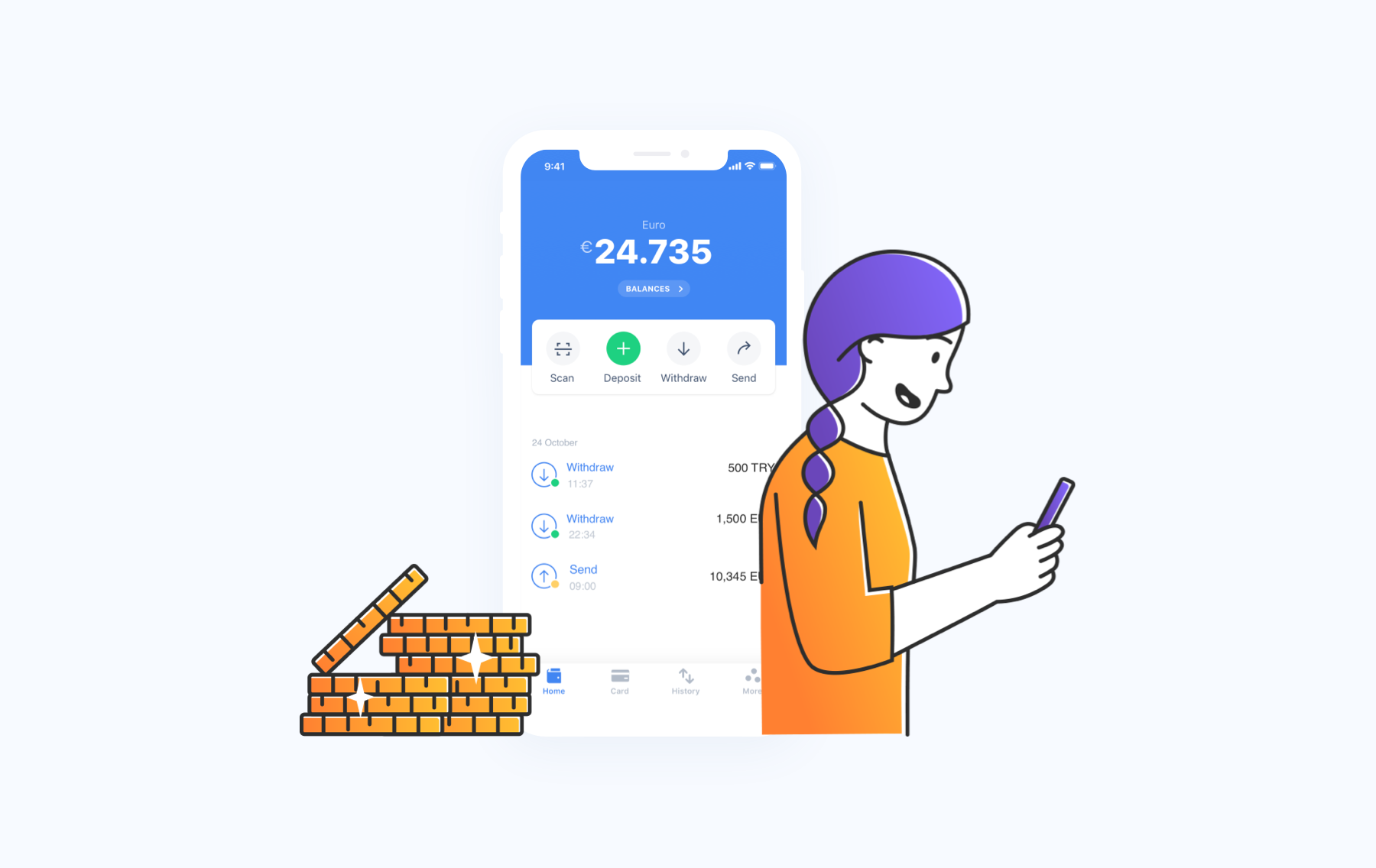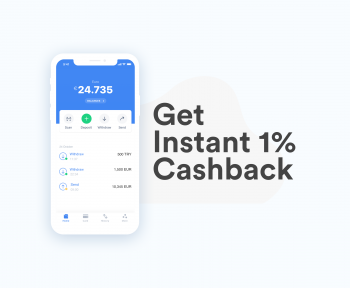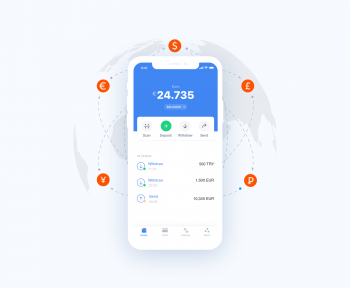LATAM refers to Latinoamérica, located in the portion of America’s comprising countries and regions. The term Latin America was initially used in an international conference by a Chilean politician in 1856 and further popularized worldwide due to its far-reaching meaning despite categories such as Hispanic (Spanish-speaking countries) and Ibero-America (Spanish and Portuguese-speaking countries). As is known, these ancient lands and their indigenous population suffered tremendously during Spanish, Portuguese, and French invasions. Unfortunately, locals have still mourned for what their ancestors got through.
What are the LATAM Countries?
There are 20 countries or territories in LATAM and these are Mexico, Guatemala, Honduras, El Salvador, Nicaragua, Costa Rica, Panama, Colombia, Venezuela, Ecuador, Peru, Bolivia, Brazil, Paraguay, Chile, Argentina and Uruguay, Cuba, Haiti, the Dominican Republic, and Puerto Rico. Stretching from Mexico to Tierra del Fuego and including 13% of the Earth’s land surface area, all of these countries have different levels of tourism income, underground sources, industries, livestock market, and vegetation cover. This unique geography, colorful population variance, and cheap workforce create a great growth opportunity for forward-looking businesses in the West. However, there are some statements about barriers of language and cultural gaps, local regulations, and restrictions you have to be aware of. To clear the clouds, we better understand its economy and LATAM payment methods.
Latin American Economy Today
Having learned bitter lessons from their past, LATAM stands for their independence in the economy and forms it to compose of two main economic sectors: agriculture and mining. The lands are rich in minerals and the tropical climate makes it a point-shot spot for a wide variety of agricultural products. It is widely known that Latin America has always had significant activity in the mining sector since the Incas and related civilizations. Available mineral resources are copper, iron ore, silver, gold, cobalt, manganese, lithium, and graphite. Peru and Chile are the world’s leading exporters of copper whereas Mexico is the largest producer of silver before Peru. On the other hand, Latin America is particularly rich in lithium brines. Considering the essentiality of lithium for electric vehicles and battery technology, Chile and Argentina draw great attention from a plethora of international companies.
Agriculture in LATAM is as rich as mining in the land. Although it has an arid nature, limited water resources, conflict with local communities, and nomadic nature, Latin American countries export agricultural commodities such as sugar, coffee, guano, wheat, and rubber which plays an important role in the pace of industrialization and the automotive sector.
LATAM Payment Methods for Investors
LATAM has a rapidly growing economy and hosts significant quantities of natural resources, commodities, and advantages for those who are looking for new destinations to invest in for the future. Yet, the chaotic structure of the financial system, challenging regulations, and limited LATAM payment methods can raise an issue. We have listed common alternative payment methods country-by-country for some of the region’s leading economies below:
- Brazil Payment Methods: Being the region’s largest market, Brazil is dominated by Visa, Mastercard, and domestic debit and credit cards companies such as Elo, HiperCard, and Aura. Cash is the second most popular payment method while digital wallets are on the rise in e-commerce sites.
- Mexico Payment Methods: Mexico, officially the United Mexican States, is the second-largest economy in LATAM. It is possible to pay via international credit/debit cards including Visa, Mastercard, American Express, and Banamex (local card of Mexico). Following cards, just like Brazil, other payment options are cash and digital wallets (mostly PayPal). Surprisingly, many Mexican domestic cards are not available for cross-border purchases. Therefore, residents mostly prefer international ones instead of local options.
- Argentina Payment Methods: The third country on the list, Argentina is one of the most rapidly-growing e-commerce markets around the globe with 79% growth in 2020. International credit cards (Visa, Mastercard) and local ones (Naranja, Cabal, Tarjeta Shopping, Argencard, Cencosud) are the first chosen methods by Argentinian consumers. Therefore, if you are an e-commerce owner trying to enter this emerging market, you better clearly keep in mind the wide range of credit card options. Once again, just like the other LATAM countries above, cash, digital wallets, and local cash payments (RapiPago, PagoFacil).
- Columbia Payment Methods: As the fourth largest of LATAM, Columbia’s digital spending per person increased by 35% during Covid-19. Leading payment methods in Columbia are credit cards (Visa, Mastercard, Amex, Diners), bank transfers, and cash payments respectively. Colombians are apt to check out in installments. Hence to place installments is significant at the checkout page.
Jeton Wallet in LATAM: An Innovative Aspect of Payments
Jeton digital wallet offers next-gen solutions for LATAM residents who are limited in a multitude of ways to pay online. We cooperate with local payments and place domestic fiat currencies to protect our clients against exchange rates. Thanks to our experienced inner team on the LATAM market, Jeton Wallet understands the spirit of Latin America and provides tailor-made online payment services. Moreover, JetonCash vouchers can be utilised in international money transfers and purchases. Join Jeton today and get ready for a whole new experience!



